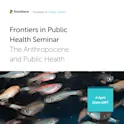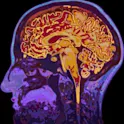
Health
22 Jun 2023
Space travel alters gene expression in white blood cells, weakening our immune system
By Mischa Dijkstra, Frontiers science writer Scientists have shown that the expression of (mostly protein-coding) genes in white blood cells changes rapidly when astronauts reach the International Space Station. This may explain why astronauts appear more susceptible to infectious diseases while in space. Most genes returned to their typical pre-flight level of expression within a few weeks to one year after landing, suggesting that Earth-level gravity is required for the immune system of astronauts to function optimally Evidence is mounting that astronauts are more susceptible to infections while in space. For example, astronauts on board the International Space Station (ISS) commonly suffer from skin rashes, as well as respiratory and non-respiratory diseases. Astronauts are also known to shed more live virus particles, for example Epstein-Barr virus, varicella-zoster responsible for shingles, herpes-simplex-1 responsible for sores, and cytomegalovirus. These observations suggest that our immune system might be weakened by space travel. But what could cause such an immune deficit? “Here we show that the expression of many genes related to immune functions rapidly decreases when astronauts reach space, while the opposite happens when they return to Earth after six months aboard the ISS,” said Dr Odette Laneuville, an associate professor at the […]













